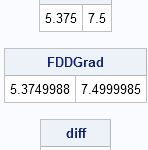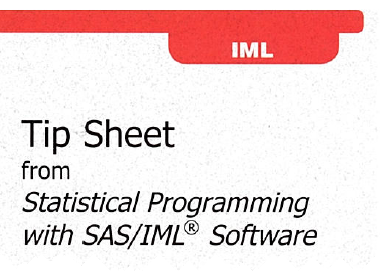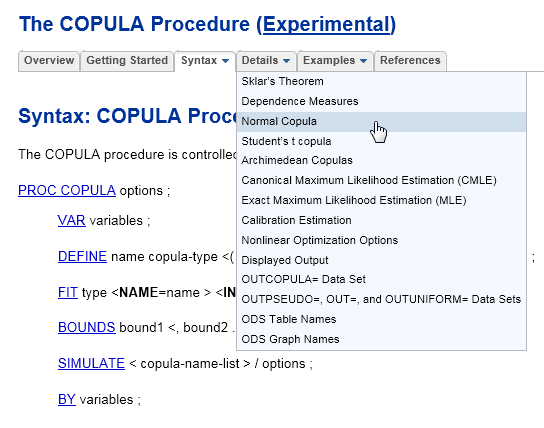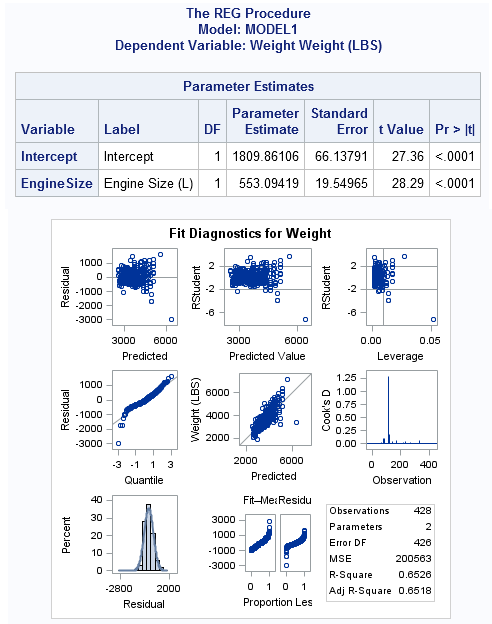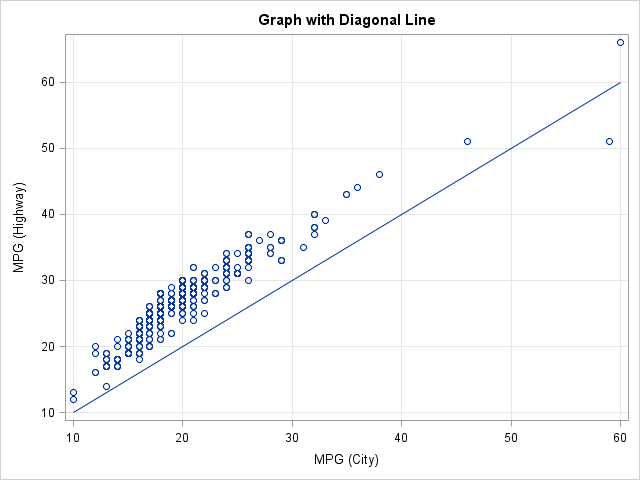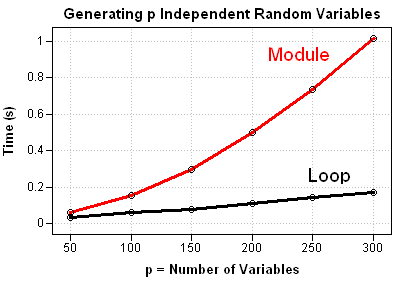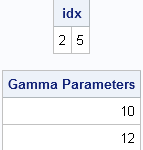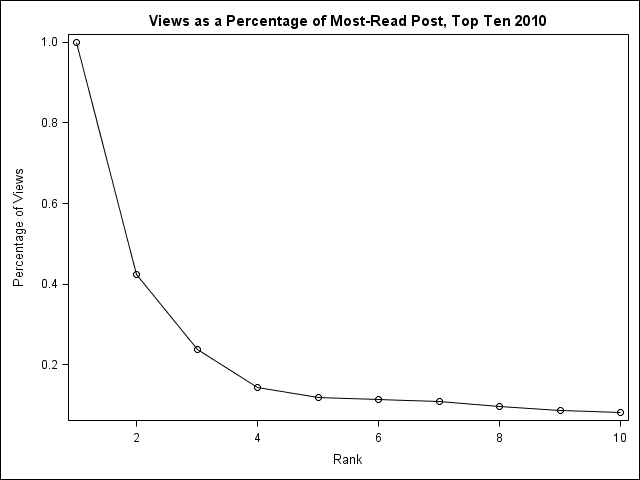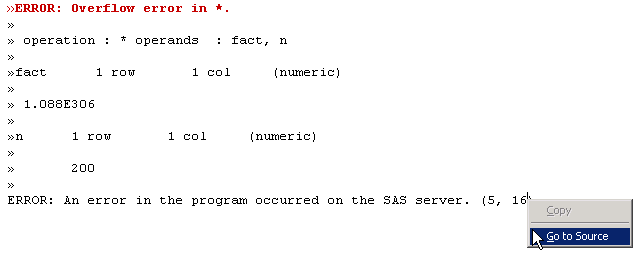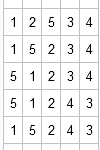
In SAS/IML 9.22 and beyond, you can call any SAS procedure, DATA step, or macro from within a SAS/IML program. The syntax is simple: place a SUBMIT statement prior to the SAS statements and place an ENDSUBMIT statement after the SAS statements. This enables you to call any SAS procedure

